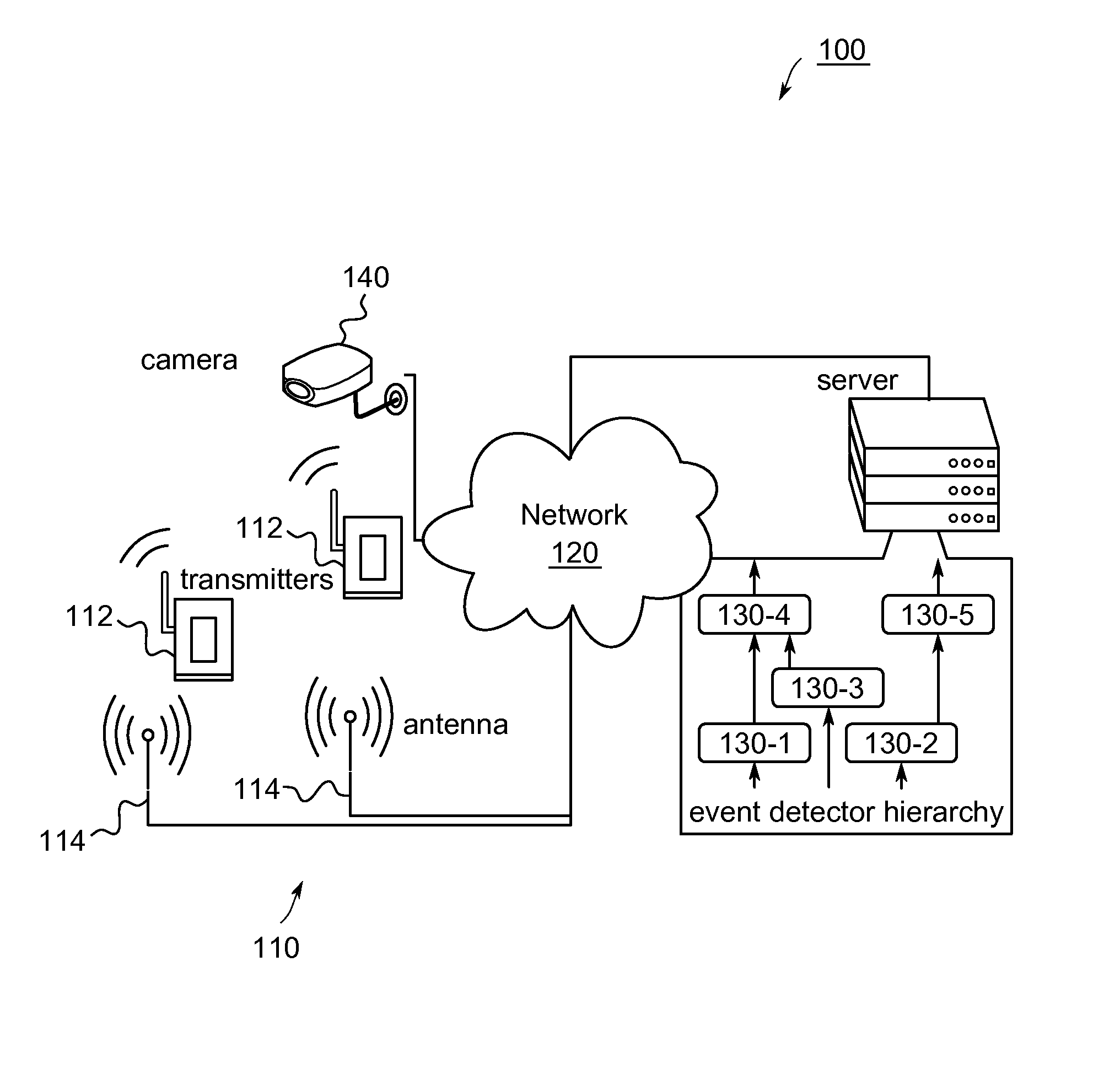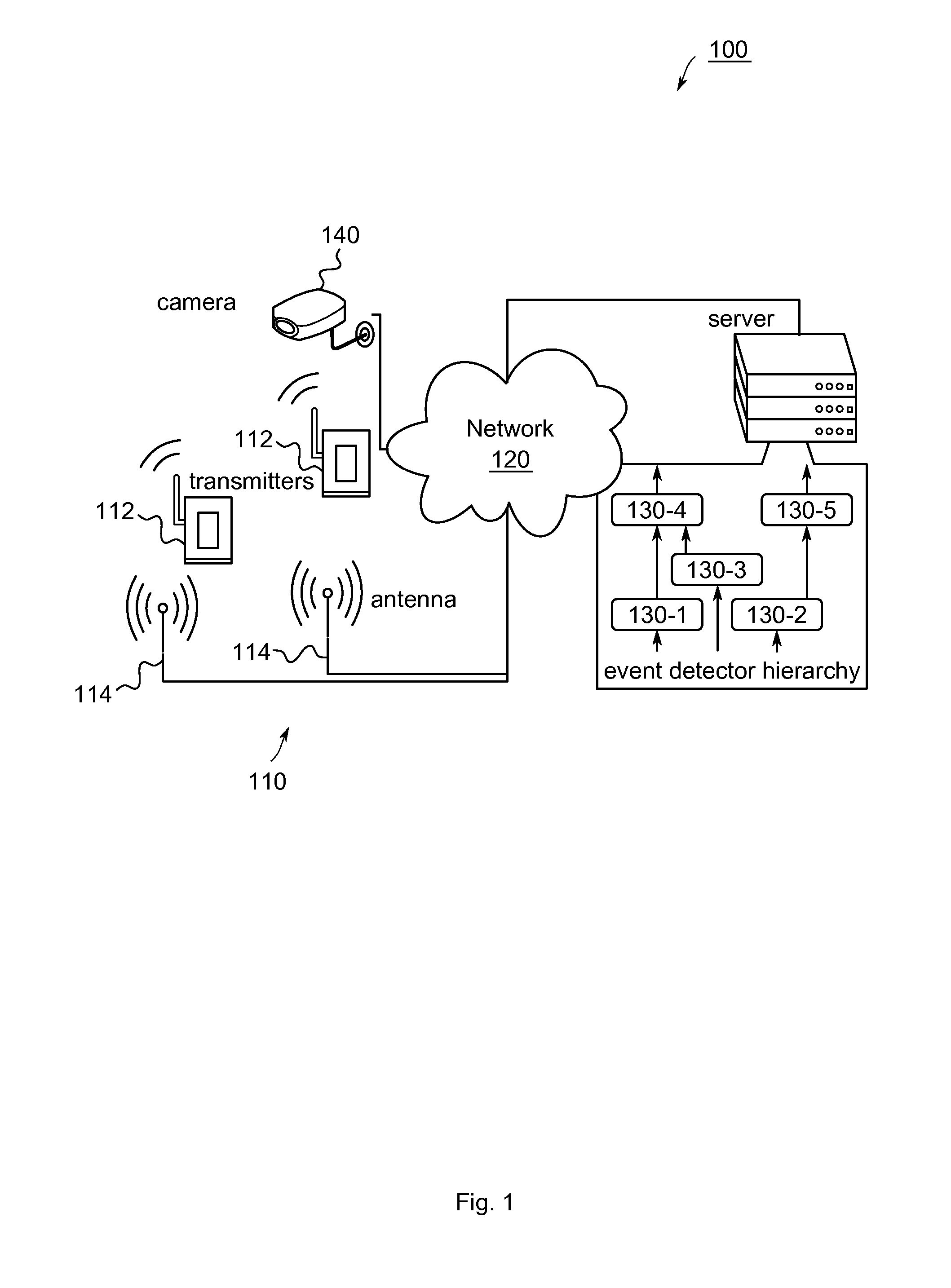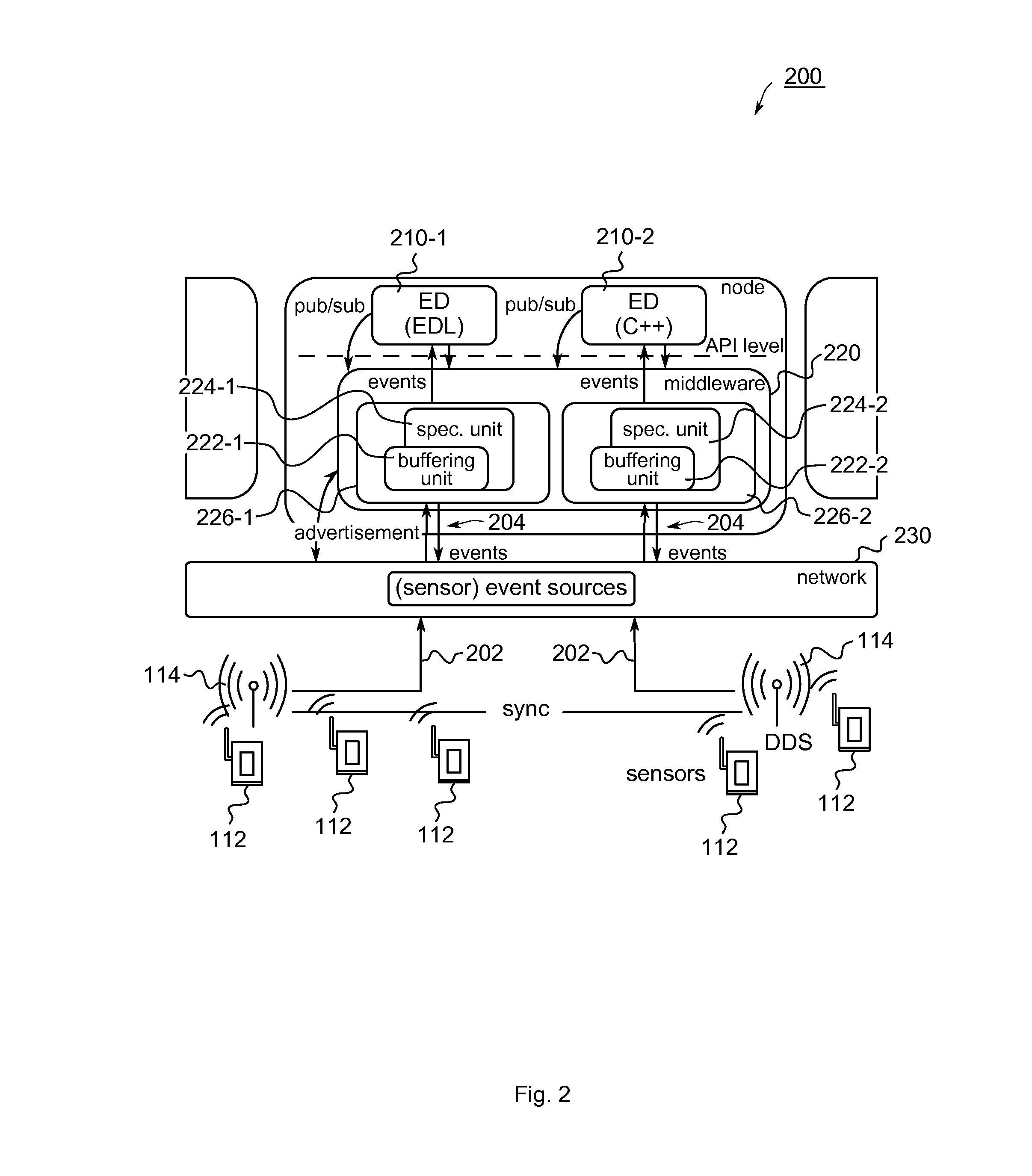Apparatus, method and computer program for processing out-of-order events
a technology of out-of-order events and apparatus, applied in the field of data networks, can solve the problems of insufficient information, insufficient respect for real-time event processing requirements, and excessive amount of overall geographic location and kinematic data samples per second, and achieve the effect of minimal detection latency
- Summary
- Abstract
- Description
- Claims
- Application Information
AI Technical Summary
Benefits of technology
Problems solved by technology
Method used
Image
Examples
Embodiment Construction
[0059]Various example embodiments will now be described in more detail with reference to the accompanying figures in which some example embodiments are illustrated. In the figures, the thicknesses of layers and / or regions may be exaggerated for clarity.
[0060]Accordingly, while example embodiments are capable of various functional and structural modifications and alternative forms, embodiments thereof are shown by way of example in the figures and will herein be described in detail. It should be understood, however, that there is no intent to limit example embodiments to the particular functional and structural forms disclosed, but on the contrary, example embodiments are to cover all functional and structural modifications, equivalents, and alternatives falling within the scope of the invention. Like numbers refer to like or similar elements throughout the description of the figures.
[0061]It will be understood that when an element is referred to as being “connected” or “coupled” to ...
PUM
 Login to View More
Login to View More Abstract
Description
Claims
Application Information
 Login to View More
Login to View More - R&D
- Intellectual Property
- Life Sciences
- Materials
- Tech Scout
- Unparalleled Data Quality
- Higher Quality Content
- 60% Fewer Hallucinations
Browse by: Latest US Patents, China's latest patents, Technical Efficacy Thesaurus, Application Domain, Technology Topic, Popular Technical Reports.
© 2025 PatSnap. All rights reserved.Legal|Privacy policy|Modern Slavery Act Transparency Statement|Sitemap|About US| Contact US: help@patsnap.com



